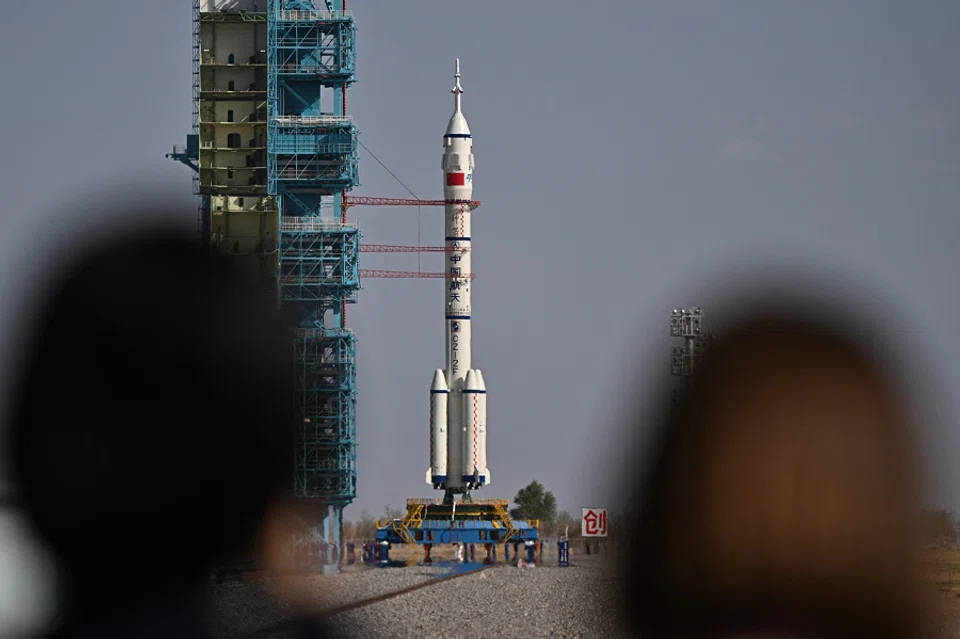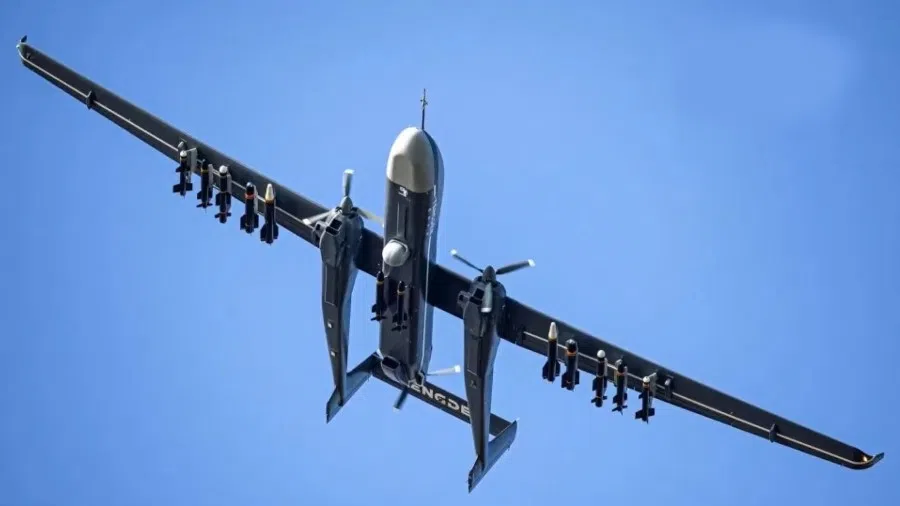China’s military-civil fusion: A challenge to the US military-industrial complex?
Ten years since China decided to elevate its Military-Civil Fusion (MCF) vision to a national strategic level, it is beginning to see dividends, says academic Hao Nan. He argues that the West’s own innovation ecosystems are no less dual-use; the difference lies in degrees of state coordination, not intent.

In recent months, China has made headlines with an impressive display of next-generation military technologies — from the electromagnetic catapult tests aboard its third aircraft carrier Fujian, to the rollout of sixth-generation fighter prototypes, swarm-capable drones and hypersonic missile systems. These achievements showcase more than just engineering milestones — they represent the fruits of a decade-long national effort to integrate economic and defence development under a single strategic vision: Military-Civil Fusion (MCF).
This year in fact marks the tenth anniversary of China’s decision to elevate this MCF to a national strategic level. As geopolitical watchers and defence analysts take note of the recent demonstrations, it is an opportune moment to revisit what has quietly become one of the most consequential strategies of the Xi Jinping era.
MCF was never just about defence; it was about transformation. At its core, the strategy aimed to break down institutional silos between China’s civilian industries and its military apparatus, enabling the seamless transfer of dual-use technologies. Officially enshrined as a national strategy in 2015, MCF sought to accelerate innovation cycles, close the gap with Western defence-industrial complexes and use military imperatives to fuel commercial technological advancement — and vice versa.
China is aware that its primary rival, the US, possesses a deeply entrenched military-industrial base where defence and private sector collaboration is institutionalised. MCF was designed to create a Chinese equivalent.
Results of MCF push starting to show
Now, with the continuous disclosure of advanced military technologies since the Zhuhai Airshow in November 2024 and the most recent seventh sea trial of the carrier Fujian in early April 2025 making headlines, it is clear that the dividends of a decade-long push are beginning to surface.
Consider the J-35A stealth fighter: its twin-engine configuration and carrier-optimised design bear unmistakable ambitions to challenge the US F-35’s monopoly in fifth-generation carrier-borne aircraft. Then there’s the Jiutian drone — China’s “mothership” unmanned aerial vehicle (UAV) capable of mid-air drone swarm deployment — and the mobile high-power microwave weapons designed to disrupt enemy electronics. These aren’t isolated leaps; they are pieces of a larger mosaic painted by MCF.

Historically, MCF is an extension of longstanding Chinese doctrines blending national defence with economic development. From Mao Zedong’s principle of “taking both the military and civilians into account” to Deng Xiaoping’s reforms that injected market forces into military-industrial enterprises, the logic of integration has been a recurring motif. But it was Xi Jinping’s top-down restructuring — anchored by dedicated MCF committees, investment funds, strategic universities and demonstration zones — that gave the policy both teeth and momentum.
Civilian universities now train military personnel. Private firms compete in defence R&D. Local governments have established regional MCF funds and innovation zones.
Seeking to catch up to the US
The strategic rationale behind MCF is manifold. Domestically, it answers China’s need for technological self-reliance amid rising barriers to foreign innovation ecosystems. Internationally, it is a play for parity: China is aware that its primary rival, the US, possesses a deeply entrenched military-industrial base where defence and private sector collaboration is institutionalised. MCF was designed to create a Chinese equivalent.
The payoff is evident in platforms like the Type 076 amphibious assault ship, a hybrid carrier equipped with electromagnetic launch capabilities. This innovation — once thought the exclusive domain of US supercarriers — allows the People’s Liberation Army Navy (PLAN) to launch heavier, more capable drones and manned aircraft at greater speed and frequency. Or take the HQ-19 missile defence system and the recent full-range test of the DF-31AG ICBM: both signal an increasingly sophisticated and credible deterrence posture.
Beyond hardware, MCF has reshaped China’s institutional landscape. Civilian universities now train military personnel. Private firms compete in defence R&D. Local governments have established regional MCF funds and innovation zones. Financially, major state-owned conglomerates have poured investment into dual-use technologies through national integration funds. What we are witnessing is not just a defence strategy — but a national mobilisation of scientific and economic resources for long-term strategic gain.
The West’s own innovation ecosystems are no less dual-use; the difference lies in degrees of state coordination, not intent.
Challenges ahead
Yet MCF’s success is not without its limits. Bureaucratic fragmentation and resistance from entrenched interests still impede full policy coherence. Legal frameworks remain underdeveloped, and while Xi’s centralisation drive has improved vertical coordination, cross-sector integration remains a work in progress. Moreover, the more successful MCF becomes, the more it invites scrutiny and countermeasures from abroad — chiefly the US.

The US has already moved to restrict the flow of advanced technologies to Chinese institutions linked to MCF, including through visa bans and investment blacklists. Western universities are tightening research collaborations. Export controls have targeted semiconductors, AI chips and aerospace components. In this context, China’s drive for indigenous innovation under MCF is not merely strategic — it is existential.
Some might argue that MCF is leading China toward a militarised innovation state. But that conclusion overlooks the dual-use nature of most emerging technologies today. Artificial intelligence, satellite communication, quantum computing — these are as vital for civilian progress as they are for military dominance. The West’s own innovation ecosystems are no less dual-use; the difference lies in degrees of state coordination, not intent.
MCF will likely continue to evolve — potentially expanding into new domains such as biotech, space technologies and quantum defence.
A decade into its formalisation, MCF has delivered mixed but maturing results. It has transformed China’s defence-industrial base, boosted the pace of military modernisation, and made it increasingly difficult for the international community to ignore the strategic coherence behind Beijing’s high-tech rise. Whether it is sixth-generation fighters or swarm-capable UAVs, these systems are not anomalies — they are the outputs of a strategy pursued with quiet intensity for ten years.
As China looks toward 2035 and its goal of completing military modernisation, MCF will likely continue to evolve — potentially expanding into new domains such as biotech, space technologies and quantum defence. Its trajectory will be shaped not only by domestic capacity but also by the contours of external resistance. But one thing is clear: it is not just about what China has built — it is about how it built it, and what that means for the next decade of global competition.





